ROOM: The Space Journal is one of the major magazines on space exploration, technology and industry. At ROOM, we share a common dream – advancement of peaceful space exploration for the benefit of humankind, all while bringing you throughly researched articles on an array of interesting topics. Our authors include experts and industry leaders from all over the world, which lets us bring you the newest and comprehensive information about hubble space mars.
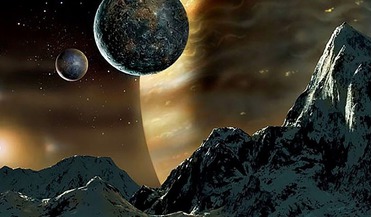 March 2016
Why We Need Space Artists
March 2016
Why We Need Space Artists
... the same sort of comments when photography was invented, when digital art became available, when the Hubble Space Telescope sent back its first amazing images of distant stars and nebulae. . . But let’s take a... that they saw ‘canals’, dug by intelligent inhabitants to irrigate the deserts. Through telescopic observations using spectroscopes Mars was known to have an atmosphere; therefore it must have a blue sky - right? Likewise Saturn’s huge ...
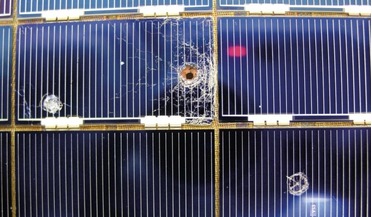 February 2021
Space archaeology - preserving our orbital heritage
February 2021
Space archaeology - preserving our orbital heritage
...the regulations) but now awaiting the inevitability of atmospheric drag and gravity to take effect. The Hubble Space Telescope - cultural as well as scientific icon. Harvest option The threat posed by debris within .... Case study One notable space asset within the space heritage discussion is the Hubble Space Telescope (HST). Launched in 1988 aboard Space Shuttle Discovery, it is clear that the venerable space telescope has a limited future...
 February 2020
Preserving our space heritage
February 2020
Preserving our space heritage
... answer to the latter question is perhaps an easier one to address. Scientific satellites such as the Hubble Space Telescope (HST) have contributed enormously to our understanding of the universe and are surely worth preserving. ... us if we allowed this powerful symbol of international collaboration to disappear. One of the landers on Mars might one day be the first to unequivocally discover evidence of life beyond the Earth; surely that spacecraft...
 February 2022
Revolution and responsibility: the challenges of space
February 2022
Revolution and responsibility: the challenges of space
... the twenty-first century. Surrounded by stars - this starfield, captured by the NASA/ESA Hubble Space Telescope’s Wide Field Camera 3 and Advanced Camera for Surveys, contains the globular cluster ESO ...us today but will be up to us to undertake or not (e.g. to continue human exploration, exploit space resources, colonise the Moon or Mars). In short, the space of tomorrow will be, as it has been for 60 years, a mixture of future and future, ...
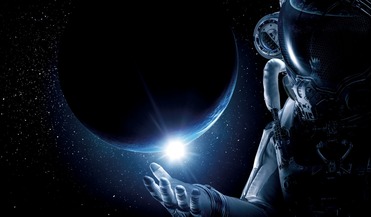 January 2023
Original Sin - Power, Technology and War in Outer Space
January 2023
Original Sin - Power, Technology and War in Outer Space
...interlinked. “Politics has always been at the heart of humankind’s exploration and utilisation of space, and the space programmes themselves have never been able to transcend terrestrial international politics”. US astronaut, Kevin Ford...in part originally designed and funded to meet the Pentagon’s and the Intelligence Community’s needs. The Hubble Space Telescope is an adapted KH-11 spy satellite that simply looks to the cosmos rather than down on...
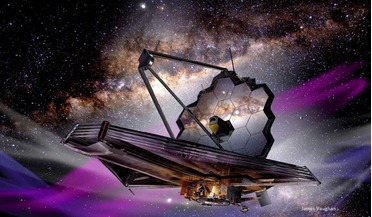 May 2022
Essential guide to the James Webb Space Telescope
May 2022
Essential guide to the James Webb Space Telescope
... science, we cannot imagine the universe the James Webb Space Telescope is about to reveal. WST is not ‘Hubble’s Replacement’ but ‘Hubble’s Successor’, designed to build on Hubble’s rich legacy and even to work side-by-side with ...of the visible spectrum, deep into the infrared - invisible to Hubble but exactly poised for JWST. Another motivation for selecting an infrared space telescope comes from our recent advances in the field of exoplanets;...
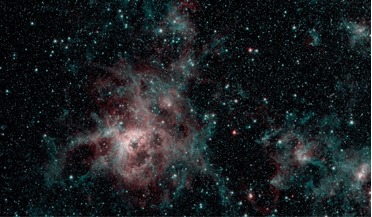 May 2020
Space astronomy at the limits of technology
May 2020
Space astronomy at the limits of technology
..., has worked on all four of NASA’s Great Observatories - Hubble, Compton, Chandra and Spitzer – which gives him a fairly unique perspective on space science. ROOM’s US editor, Amanda Miller, delves into his engineering... the Jet Propulsion Laboratory in Pasadena, California, on 30 January 2020. My first Great Observatory was the Hubble Space Telescope (HST). I was a team member on the high resolution spectrograph, which was one of the instruments...
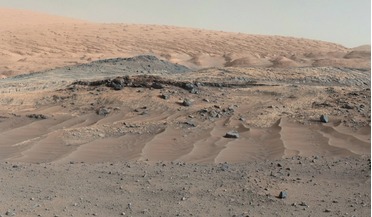 October 2018
Could salty brines be the key to microbial life on Mars?
October 2018
Could salty brines be the key to microbial life on Mars?
...of supporting a known organism”. This definition takes a step further than a common definition used in space science: “a habitable environment is one capable of supporting liquid water”. The former definition considers not ...in the detection and characterisation of present-day liquid water and habitable environments on Mars, through multivariate statistical analysis and modelling using multispectral satellite imagery, subsurface thermal modelling...
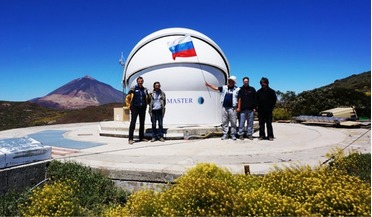 February 2017
Global robotic network for monitoring near-Earth and outer space
February 2017
Global robotic network for monitoring near-Earth and outer space
...Jupiter which is 8.6 km in diameter, has an absolute magnitude of 21 and the visible light limit of the Hubble Space Telescope is 32. The angular speed of movement can reach 20-50 degrees per second. In recent years, the MASTER ...and accelerated expansion of the Universe occurs, will allow Russia to participate in the leading research of vacuum space energy. Discovery of further objects of the Universe at distances of z >10 by using fast-alert ...